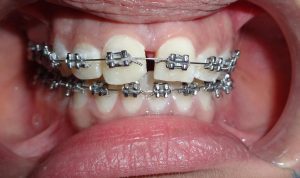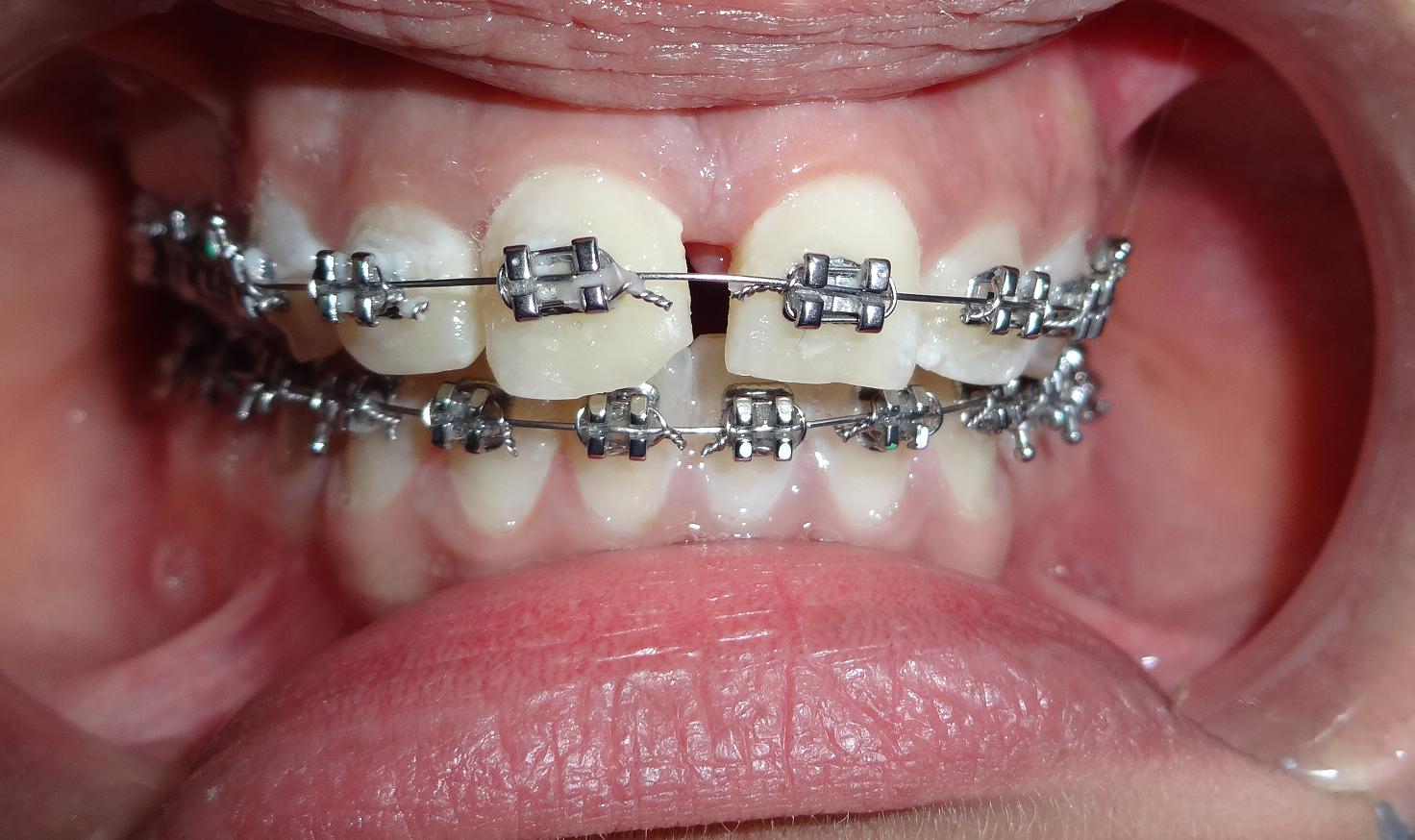Orthodontics refers to the artistic and scientific skill of placing teeth within arrangements that yield beauty, confidence, good health and optimal functionality. Reasons for this type of treatment include uneven wear, gum trauma, impacted or protruding teeth, preparation for dental work and unfavorable dental appearance.

Benefitting from Orthodontics
- Orthodontics specializes in diagnosing, preventing and treating face, bite and jaw irregularities. Treatment is handled by dental care providers who are generally referred to as orthodontists.
- Over the years there have been extensive changes in the oral care industry, including aspects of orthodontic care and treatment. Many patients experience fewer problems that are linked to missing teeth and activities because of the growing awareness of preventative dentistry and fluoride use.
- With more awareness regarding the appearance and health of an individual’s smile, the desire to seek orthodontia for both medical and cosmetic reasons is on the rise.
- Whether you want conventional braces or removable appliances that are custom made, orthodontics is helpful for giving you the beautiful, straight and health smile that you want.
Orthodontics- Treating Dental Problems
Orthodontics can help to treat various dental problems and realign the teeth completely. Orthodontics work alone or with maxillofacial surgeons, depending on the circumstances. The common irregularities that require orthodontic treatment include overcrowding, overbite and underbite.
- When the mouth is overcrowded, the space for adult teeth to naturally fit is not sufficient. Overcrowding can lead to rotated, displaced or misaligned teeth.
- An overbite is characterized by an upper jaw protrusion in relation to the lower jaw. This creates what is typically known as a toothy appearance or smile and a receding chin.
- With an underbite the lower jaw protrudes and the chin appears to be excessively prominent.
- Overbites and underbites may be caused by genetic factors and developmental delays. Contact Aurora Orthodontics
Orthodontic Treatment and Techniques
- Orthodontic dentistry consists of techniques that aim to realign teeth and revitalize smiles. Numerous treatment options can be used according to the results of bite impressions, panoramic x-rays and visual examinations.
- Dental braces are often used to address misalignment, including severe cases.
- Removable appliances consist of invisalign aligners, headgear for customized braces, retainers, tooth movers and palate expanders.
- Faceguards are typically used to rectify developmental delays in the jaws and overcrowding can be countered by using palate expanders.
- Regardless of what the patient’s age may be or the dental irregularity, orthodontic appliances are effective solutions for realigning the teeth properly and creating an attractive smile.
Importance of Straightening Teeth
Straighter teeth are essential for effective biting, chewing and speaking in comparison to crooked teeth. Along with improving functionality, straight teeth increase confidence, are aesthetically appealing and can help to prevent a wide range of dental issues.
Dealing with Disorders
There are different forms of malocclusion such as overcrowding, crossbite, underbite and overbite. These types of alignment challenges have an adverse effect on the functionality and appearance of teeth. Straightening the teeth can be accomplished by using customized aligning trays or orthodontic braces.
Braces are typically fixed for a set period of time and are effective for treating many forms of malocclusion. Invisalign trays are used for less severe malocclusion and are removable. The trays are replaced periodically treatment and are also effective for straightening the teeth.

